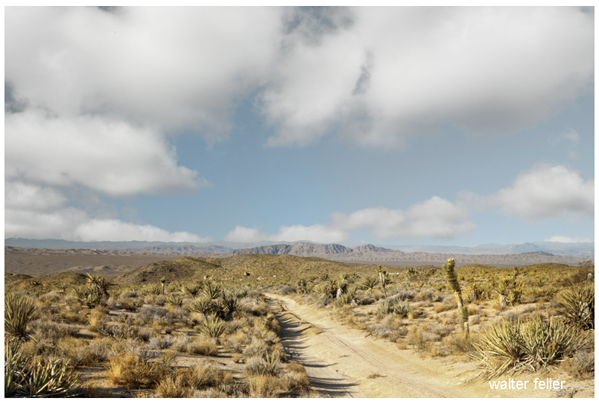
The Mojave Road is a historic trail that crosses the Mojave Desert in the southwestern United States. It extends approximately 140 miles from the Colorado River near the present-day city of Needles, California, to the Mojave River in California’s Victor Valley. The trail passes through what is now the Mojave National Preserve, a vast and protected desert landscape.

Key features and points of interest along the Mojave Road include:
- Fort Piute: An old U.S. Army outpost established in 1867 during the Indian Wars.
- Rock Springs:
- Marl Springs: A natural spring providing water for travelers.
- Afton Canyon: Often referred to as the “Grand Canyon of the Mojave,” it’s a scenic and geologically interesting area.
- Soda Lake: A dry lakebed with an alkaline surface, characteristic of the Mojave Desert.
- Camp Cady: A historic site and former military outpost established in 1860 to protect settlers and travelers.
The Mojave Road is popular among off-road enthusiasts, historians, and adventurers seeking to experience the remote and diverse landscapes of the Mojave Desert. Travelers should be well-prepared for off-road conditions, carry sufficient water, and be aware of the desert environment’s challenges. The trail provides a unique opportunity to explore historical sites, geological features, and the natural beauty of the Mojave Desert. Always check for the latest trail conditions and regulations before embarking on the journey.
The Historic Mojave Road served several purposes during different periods of its existence:
- Trade and Travel Route: The Mojave Road was initially a Native American trade route used for centuries by indigenous peoples for trade and travel across the Mojave Desert.
- Military Use: During the mid-19th century, as settlers and pioneers moved westward, the U.S. Army established outposts along the Mojave Road to maintain order, protect settlers, and provide a safe route for travel. Forts such as Fort Piute and Camp Cady were established for this purpose.
- Mail Route: The Mojave Road was used as a mail route, connecting the Colorado River with settlements in southern California. The military played a role in securing these routes.
- Stagecoach Route: As the West developed, the Mojave Road became a stagecoach route, facilitating transportation and communication between regions.
- Historical and Recreational Route: In modern times, the Mojave Road has gained significance as a historic trail and recreational route. Today, it attracts off-road enthusiasts, historians, and adventure seekers interested in experiencing the historical and natural features of the Mojave Desert.
The Mojave Road preserves a tangible connection to the past, offering a unique opportunity for contemporary travelers to follow in the footsteps of those who used the trail for various purposes over the years. The route is a testament to the challenges faced by early pioneers and the importance of such trails in the historical development of the American West.
The history of the Mojave Road is rich and spans several centuries. It served various purposes and played a crucial role in exploring and developing the American West. Here’s an overview of its historical timeline:
- Indigenous Use: Long before European settlers arrived, Native American tribes, including the Mojave, Chemehuevi, and others, used the Mojave Road as a trade route. This network of trails allowed them to navigate the challenging desert terrain, facilitating trade and communication.
- Spanish Exploration: In the late 18th century, Spanish explorers, including Francisco Garcés and Juan Bautista de Anza, ventured into the Mojave Desert. They likely followed existing Native American routes, contributing to the trail’s use by non-indigenous people.
- American Pioneers and Fur Trappers: In the early 19th century, American fur trappers and explorers started using the Mojave Road as they moved through the region. Jedediah Smith and other mountain men are known to have traversed the Mojave Desert.
- Military Use: With the onset of the Mexican-American War (1846-1848) and the subsequent influx of American settlers to California, the U.S. Army recognized the need for a reliable route through the Mojave Desert. The military established outposts along the trail, such as Fort Mojave and Fort Piute, to protect travelers, maintain order, and provide a secure connection between the Colorado River and California.
- Decline and Rediscovery: As the railroad system expanded in the late 19th century, the Mojave Road fell out of regular use. However, in the 20th century, interest in the historic trail was revived, and it became a popular route for off-road enthusiasts, historians, and adventure seekers.
- Designation as a Historic Trail: The Mojave Road was added to the National Register of Historic Places in 1976, recognizing its historical significance. Today, it is managed by the National Park Service as part of the Mojave National Preserve.
The Mojave Road is a testament to the resilience and adaptability of people navigating the challenging Mojave Desert throughout history. Its history reflects the broader narrative of westward expansion, trade, military operations, and the development of transportation routes in the American West.